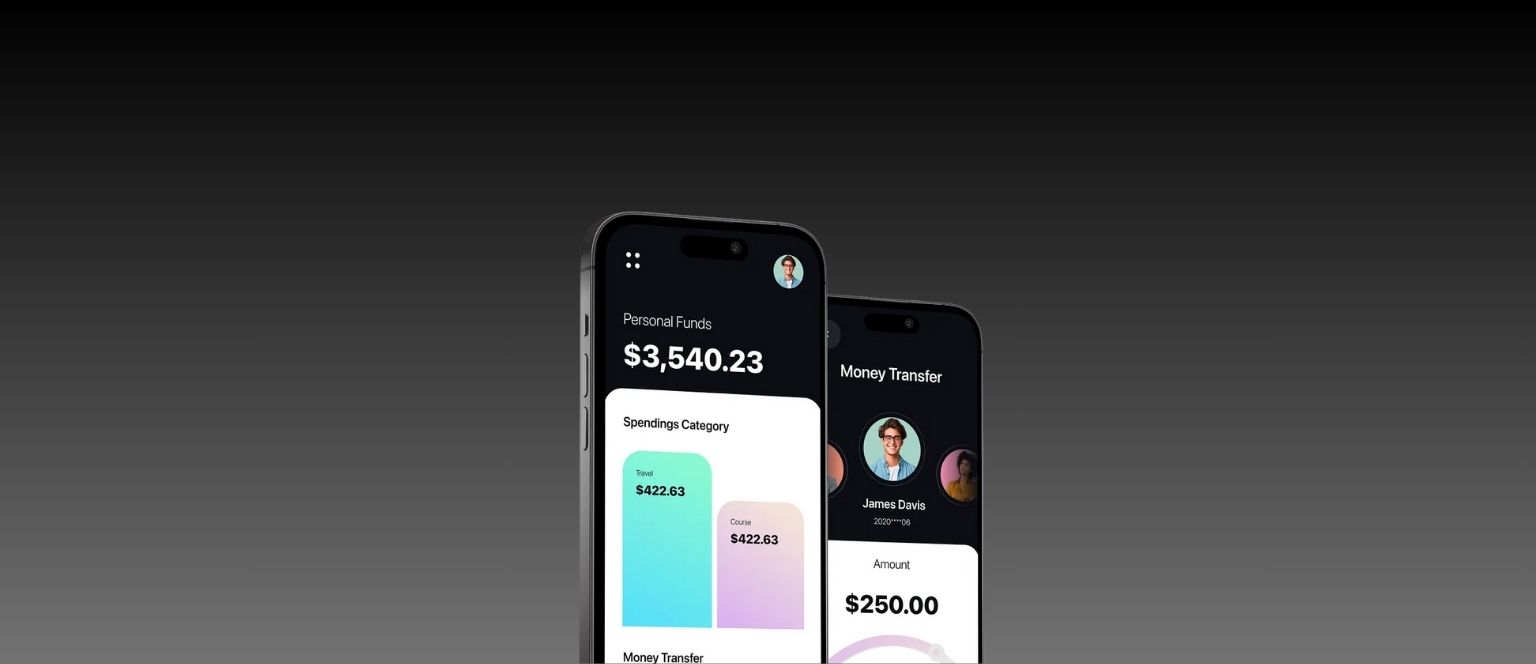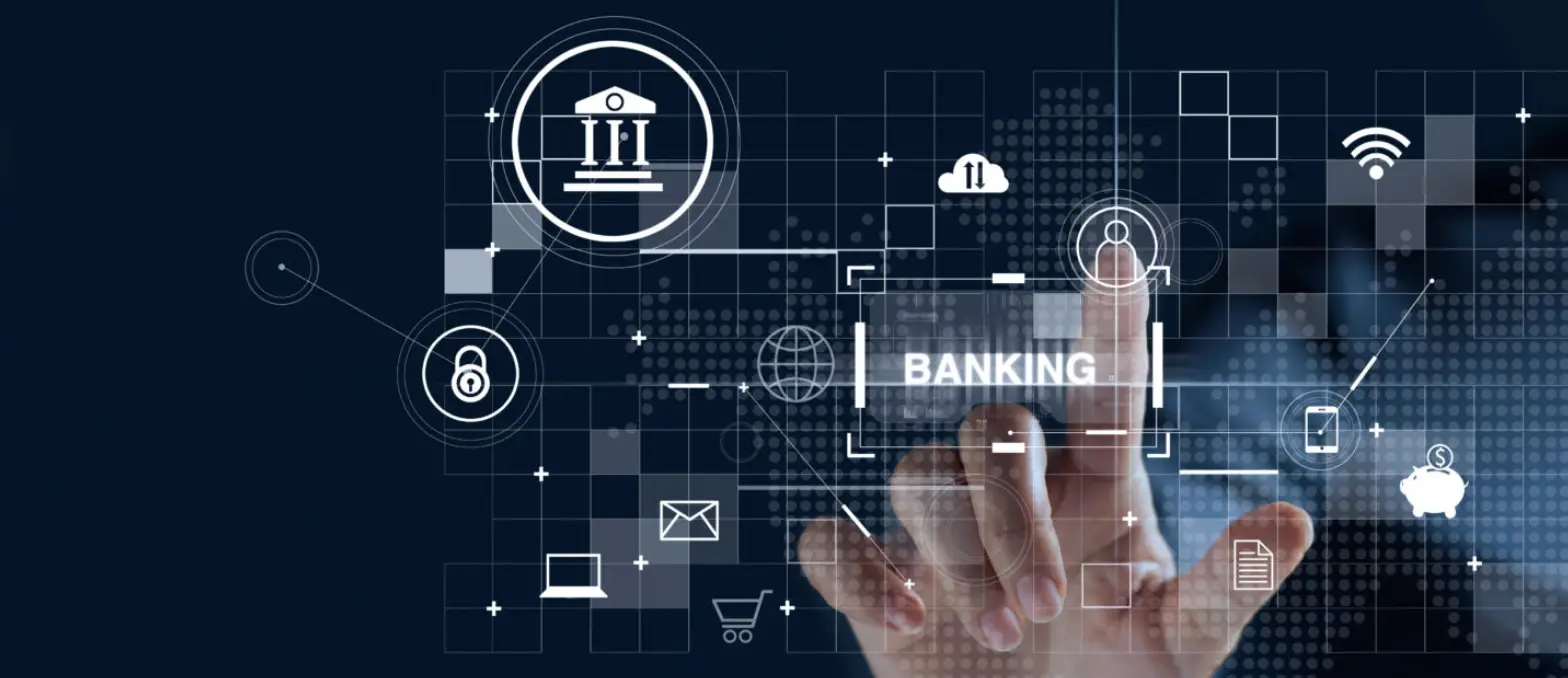Table of Contents
It’s safe to say that we’re all seeing headlines about ChatGPT. It’s a trending technology that continues to go mainstream in a viral way. Not because it’s suddenly being used by everyone — it’s not the new TikTok or the next iPhone — but because of what it represents. This technology is a pivotal moment in the evolution of artificial intelligence (AI) software development. PCGuide writer Kevin Pocock explains, “The chatbot has a language-based model that the developer fine-tunes for human interaction in a conversational manner.” As an auto-generative system, the potential for this AI is considerable for
- technical advances,
- disruption of multiple industries, and
- the highly-speculated timeline of widespread robotic implementation.
In this blog, we discuss the following points about ChatGPT:
-
- The standout features of ChatGPT
- Implementing this technology
- The return-on-investment of this technology
- Major OpenAI upgrades to the product in 2023 [new for September 2023]
Unleash the power of writing creative prompts for coding and begin your software development journey with us
Hire our prompt engineers
A brief 101 on ChatGPT open AI custom software development platform
ChatGPT — full name Chat Generative Pre-trained Transformer — launched in late November 2022 falls in to the following category of artificial intelligence: “large language model tools”. According to the deployers of ChatGPT, OpenAI, the model interacts in a conversational way. Their official site outlines that, “The dialogue format makes it possible for ChatGPT to answer followup questions, admit its mistakes, challenge incorrect premises, and reject inappropriate requests.”
Development
This language model was developed using a complex combination of Reinforcement Learning from Human Feedback (RLHF) that enabled the generative chatbot AI; OpenAI have previously launched a product called Generative Pre-Trained Transformer 3 (GPT-3) that is an “autoaggresive language model” that uses deep learning to output humanoid text. ChatGPT is a chatbot product powered by GPT-3 whereas GPT-3 uses initial text as a prompt for output.
The uses of it are already considerable — within five days of launch OpenAI’s President and Co-Founder Greg Brockman tweeted the product user count exceeded 1 million — and these are early days for a chatbot that is technically an AI prototype. ChatGPT is representative of what the AI-generated content and UX will look like in the future. It’s important to note that the free version of the product has experienced some trouble.
- Firstly, on a technical level with site access which suggests that OpenAI’s servers are repeatedly overloaded with people trying to use the free technology.
- Secondly, on an accuracy level as some users have reported the AI filling in ‘blanks’ with random facts
- OpenAI also says that ChatGPT currently has “limited knowledge of world events after 2021”.
We would be remiss not to address the reality that in the brief period since launch, Chat-GPT has been met with and continues to be the focus of the aforementioned massive amounts of attention. This attention is wide-reaching beginning with enthusiasm from a technological innovation standpoint shifting to concern with questions about the ethics of this AI in educational settings (namely secondary schools and universities) that has already led to bans on the product in some Australian schools.
Standout Value Features of ChatGPT for software development and businesses
This is where the machine learning and deep learning characteristics are relevant to what the impact of ChatGPT actually is. There are immediate benefits to ChatGPT and this kind of AI technology in general due to these capabilities and features:
- Robust
- Use Natural Language Processing (NLP)
- Have deep-learning capabilities that build upon previous data inputs
- Mostly accurate and reliable original outputs and reproduction outputs
- Well-trained using biased and unbiased data
These features can be incorporated into a range of high-level and low-level tasks including content production, customer service, administration, professional document-writing, and educational resources. In software development, the progression of this AI from basic functionalities to advanced operations that are humanoid and believable is genuinely a historic moment. ChatGPT is capable of writing code, identifying and fixing errors, and also can help eliminate tiresome and repetitive tasks software developers and engineers need to do. Additionally these features can be leveraged as part of artificial intelligence services across all different industries including e-commerce.
Equally, we need to flag some of the shortcomings of the features. On a technical and user level, there is already considerable discourse about the AI’s performance record of accuracy vs inaccuracies or generalist responses that can be seen as inaccuracies as noted above. The extent of how powerful and reliable this AI is dependent on how sophisticated we need it to be.
How developers of customized software can use ChatGPT technology
Where ChatGPT technology and this type of AI fits with custom software development services is a key discussion point in this explainer. As the technical AI consists of supervised learning and reinforcement learning, that built and trained ChatGPT on both the AI and user side, software developers can wield ChatGPT as a tool in their custom development process without replacing themselves. Stephen Shankland expands on this for CNET, “It’s an AI that’s trained to recognize patterns in vast swaths of text harvested from the internet, then further trained with human assistance to deliver more useful, better dialog.” During the development process, developers can implement this to build even better custom products that won’t necessarily add to development costs or diminish tailored solutions. ChatGPT can be used for strategic tasks in the development process that are easily checked by developers which enables reallocation of time spent on other aspects of building custom software; the actual tasks the program can complete are limited though this is a strength in an unexpected way — developers basically have an additional tool in their arsenal.
UX Side
On the UX side of custom software development, ChatGPT has scope to elevate and diversify the conversational AI already in use. UX is central to the customer experience and customer service for most organizations now, across platforms including apps, websites, Internet of Things, and progressive web applications. If ChatGPT is accurate and robust enough to handle customer interactions is still being established though it has already been put to the test with Meta, Canva, and Shopify all using the AI for their customer service now. The leading features of ChatGPT with its lifelikeness, human engagement power, and machine learning mean it has significant promise for software developers thinking of using it in the UX development of custom solutions. That said, as we’ve already covered, the risk of inaccuracies or issues do mean any organizations using the AI are making themselves vulnerable — and possibly causing financial and brand damage with their customer experience on the line. If the ChatGPT AI will change UX design in totality is unclear though less bugs in the platform and the technology developing to a point where data input is always current makes the hypothetical standard of this kind of chatbot seemingly doable.
Is ChatGPT worth the investment in the same way custom software development solutions are
A final point to cover is if ChatGPT is worth the investment. We’ve already mentioned that the platform is free to everyone. There is however a waitlist sign-up process open for a paid ChatGPT Professional product though the exact features of this are unknown. The OpenAI proposition for the product lists benefits for “no blackout windows, no throttling, and as many messages as you need”. Techcrunch reports that the ChatGPT Professional is in pilot mode and price point preferences are being surveyed during sign-up; this is noteworthy as ChatGPT is reportedly expensive for OpenAI to run especially with the volume of user demand.
The actual return-on-investment for this technology area is hard to quantify though the quantitative value is apparent even after three months of public access. For organizations looking to integrate the features of ChatGPT into their products, this AI could dovetail in with the other aspects of a custom software development solution with favourable returns in profit and investment. Fortune Business Insights reported the AI market’s global worth as $387.45 billion USD in 2022 and is projected to reach a value of $1394.30 billion USD in 2029. Therefore with these developments and how nearly every industry has responded to this free ChatGPT prototype, we could wager that the niche will boom in time and have a diversified impact on custom software development.
Update September 2023 — OpenAI announces new ChatGPT features
Most important in recent generative AI (GenAI) news is OpenAI’s announcements beginning on September 20 2023. Firstly they presented DALL-E 3 then followed five days later on September 25 with Voice and Image recognition announcements. Lastly on September 27 they announced Browse functionalities enabling the chatbot to browse the internet providing “current and authoritative information”.
With these three groundbreaking official announcements, OpenAI demonstrated their progress into extended the conversational AI platform capabilities. Essentially these advancements take ChatGPT’s existing NLP and conversational skills then transforms them into multimodal AI functionalities. Since the ChatGPT prototype release — almost 12 months ago — the GenAI space has moved at a virtually exponential rate. Following these announcements, Cecily Mauran asserts in Mashable SE Asia that this takes chatbots to a new level. Mauran writes, “Multimodal recognition is something that’s been forecasted for a while, and is now launching in a user-friendly fashion for ChatGPT.”
All in all, the ChatGPT update is a comprehensive and competitive addition to a market it’s already a force in. This fact applies for businesses, casual users, and even to a leading specialist artificial intelligence development company. In essence, ChatGPT will be able to function in both a voice-activated manner and a text-to-voice feedback manner. Therefore it’s a de facto virtual assistant capable of generative, conversational dialogue. The takeaway is that these new features outpace some competitors though the race is close.
Everything to know about the new features of the ChatGPT release
-
What exactly is ChatGPT-4 or GPT-4
ChatGPT-4 is somewhat of a misnomer. Because Version 4 was already released in the Plus and Enterprise plans months earlier in 2023. This is really a major update as per the official OpenAI changelog.
What are the core capability features of the new ChatGPT-4 release
-
Image capability — DALL-E 3 Image Generator
Using prompts, the DALL-E 3 is an upgrade to the existing OpenAI DALL-E 2 AI image generator. Now that this generative model is upgraded, OpenAI says, “DALL-E 3 represents a leap forward in our ability to generate images that exactly adhere to the text you provide.”
The model is built natively on ChatGPT so users can create their own original images and brainstorm with the AI. For example, users can prompt image generation just by asking “anything from a simple sentence to a detailed paragraph.” Overall this new release refines and finesses the existing image generator. What’s more users can tweak new and existing images with the AI, then they own the final product.
-
Voice capability — Voice recognition and text-to-voice
OpenAI proclaims that the new voice (and image) capabilities are more intuitive. In short, a user will be able to have a voice conversation with the AI or show images to ChatGPT. The one-two punch voice-activation and text-to-voice offers extensive new functionalities and interactive capabilities. As previously noted this puts the realistic virtual assistant GenAI technology ahead.
When these functionalities are combined with the DALL-E 3 image generator then the capabilities multiply again. Undeniably “a picture tells a thousand words” and now that ChatGPT includes both, it can support the interchange. All of a sudden this will make the chatbot’s value far greater again than the combined picture and word sum.
-
Browse capability — Open web browser
Lastly ChatGPT can now browse the open web. Not only does this remove its training dataset limits — information only up to September 2021 — but also it widens sources. Presently there are chatbots on the market that integrate ChatGPT, such as Microsoft’s Bing GPT-4, that can already do this. Nevertheless, when this open web browsing is combined with the other features, it impoves precision.
Ready to Build Apps and Software? ChatGPT Can Help You Get Started!
Hire our expert developers and engineers to help you with crafting prompts
Conclusion
We can obviously acknowledge that the the future of AI is very promising. Advancements in technology will make the work more smarter and effcient. Beyond 2023, all technology including the phases of custom software development and deployment will incorporate, if they don’t already involve them, all kinds of AI-enabled automation features. Contrary to our early concepts of robotics, any form of AI or automated technology comes under the same.
Despite it being an early stage of this technology, it’s worthwhile to look at ChatGPT in terms of an ergonomic tool rather than an all-in-one replacement solution. The debate is already on to speculate if its the end for Google’s search engine. Also, experts predict that this has the capacity to revolutionize education systems in coming years. This remains a ‘watch-this-space’ area of technology however it is a compelling development in automation . The success of OpenAI’s launch of ChatGPT is synonymous with a market that’s ready and willing to embrace this kind of automation.
Lastly, we should mention that Microsoft is now a major investor in ChatGPT and this will likely contribute to its prominence for the foreseeable future though comparable products like Google’s LaMDA are generating buzz, too. There is no doubt that this AI will be prominent in technology in the years ahead and understanding the dynamics and applications of AI is a smart move for all businesses and non-commercial organizations everywhere.
In order to start, businesses can meet with A3logics, experienced top U.S. software development company, and plan conversational AI integration.
Frequently asked questions about ChatGPT-4
-
What is the date of realease of new version?
As of September 27, OpenAI reports that Browse functions are rolling out to all Plus users. Two days prior, they also announced their beta rollout of Voice to Plus users. Simultaneously they confirmed that Image input would be available across all Plus user platforms. As of early October 2023, there is no official announcement for availability to free accounts.
-
Are the new features available for free plans or just Plus and Enterprise plans?
This update will mark a conspicuous feature set difference between the paid versions and the free version of ChatGPT. The free version not receiving the image recognition and text-to-voice upgrades at this stage. Presently it appears that OpenAI are widening the gap between free and paid accounts. Subsequently, it’s likely that this may prompt new retail and business customers.
-
What systems is this available for?
OpenAI confirms that all Plus and Enterprise customers will be able to use capabilities on Apple iOS and Android systems. Updates in ChatGPT integrations and conversational AI services, like Microsoft Bing GPT-4 chatbot, are expected though not yet announced.
-
Does this make ChatGPT-4 more accurate and reliable?
Generally speaking, there are two ways that this may improve accuracy and reliability along with precision.
Primarily, the Browse capability expands ChatGPT’s data sets to sources before 2021. Hence this can boost qualitative and quantitative accuracy and reliability simply because there’s more information, sources, and nuanced generative output.
Secondly, Emad Mostaque, Stability AI founder, another of the world’s leading conversational AI companies, explains profound shifts in training models. Accordingly LLMs are getting smaller, by parameter size, and more precise, rather than bigger and clumsier. Therefore it’s only a matter of time until ChatGPT-4 and all leading GenAI improve in this area. Although all businesses should be cautious that high volume training sets for AI don’t guarantee “clean” training sources. In reality, more training data is not good and Mostaque describes the existence of “rubbish training” that can be wrong.
-
What are some emerging issues with ChatGPT-4?
At this point, an initial problem with ChatGPT-4 lay with its Browse capability bypassing paywalls. Despite this, these issues arose much earlier in July 2023 and the bypassing functionality seems to have been disabled.
-
What about the GenAI features already available in Microsoft products?
As mentioned below, Microsoft jumped to invest in OpenAI as announced in January 2023. Afterwards — in only a matter of weeks — the Bing search engine with ChatGPT launched. Following the launch, Bing ChatGPT has arguably become “more powerful than ChatGPT”. Because it could already browse the web with comparable functionalities the jury stays out on if it’s actually more powerful. In this case, the comparison is probably dependent on user needs and expectations. For instance, Enterprise and Plus users may have a better UX using ChatGPT-4 than casual Bing search engines users.
-
Is this responsible AI ?
OpenAI is working to prevent harmful image generations that may arise through the use of ChatGPT-4. Accordingly they emphasize that DALL-E 3 can decline some requests such as prompts for a public figure by name. OpenAI says, “We improved safety performance in risk areas like generation of public figures and harmful biases related to visual over/under-representation…to help inform our risk assessment and mitigation efforts in areas like propaganda and misinformation.”
Prior to the announcement, the conversation around responsible AI was still ongoing. This would be a “watch-this-space” as ChatGPT-4 becomes widely available for users and in AI development services.
Harness the Power of ChatGPT Prompt Engineering for Software Development.
Connect with A3logics now






